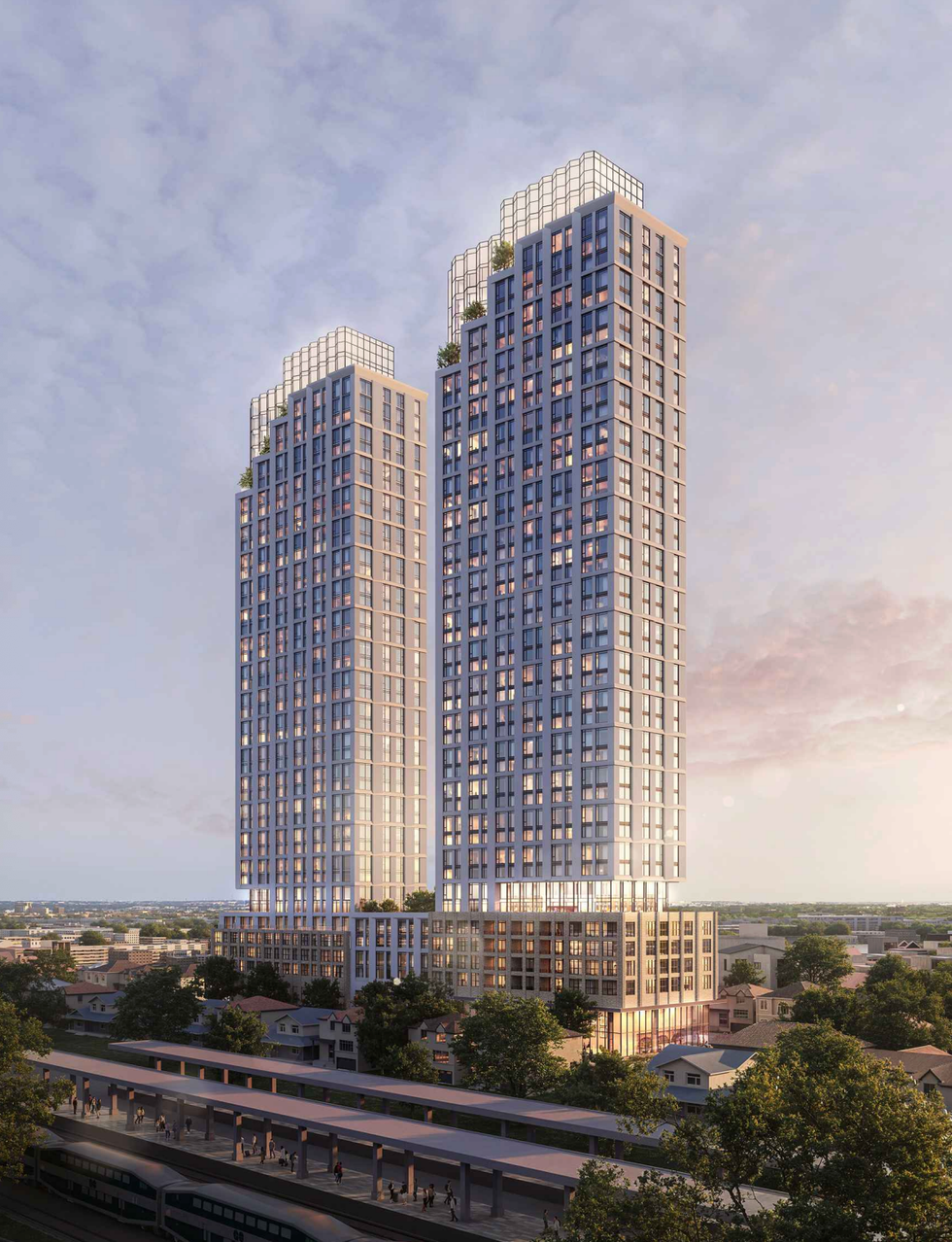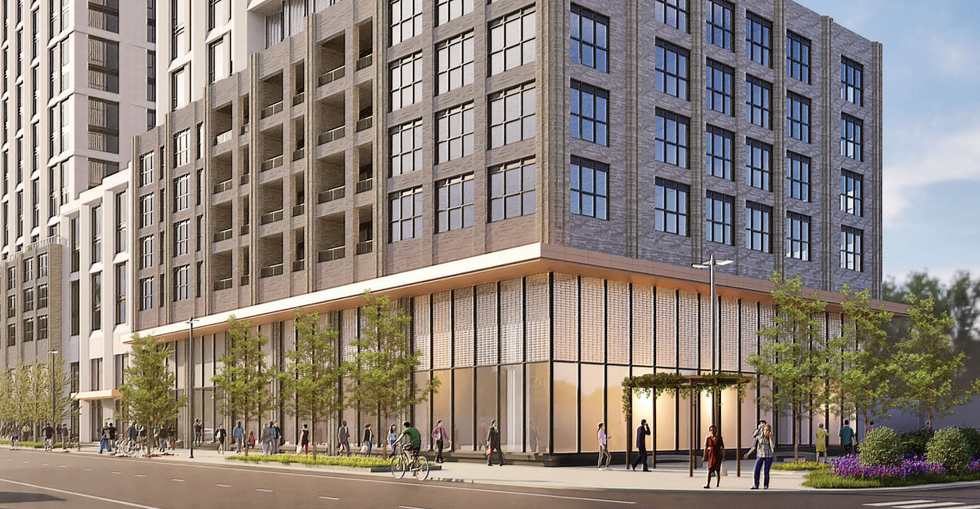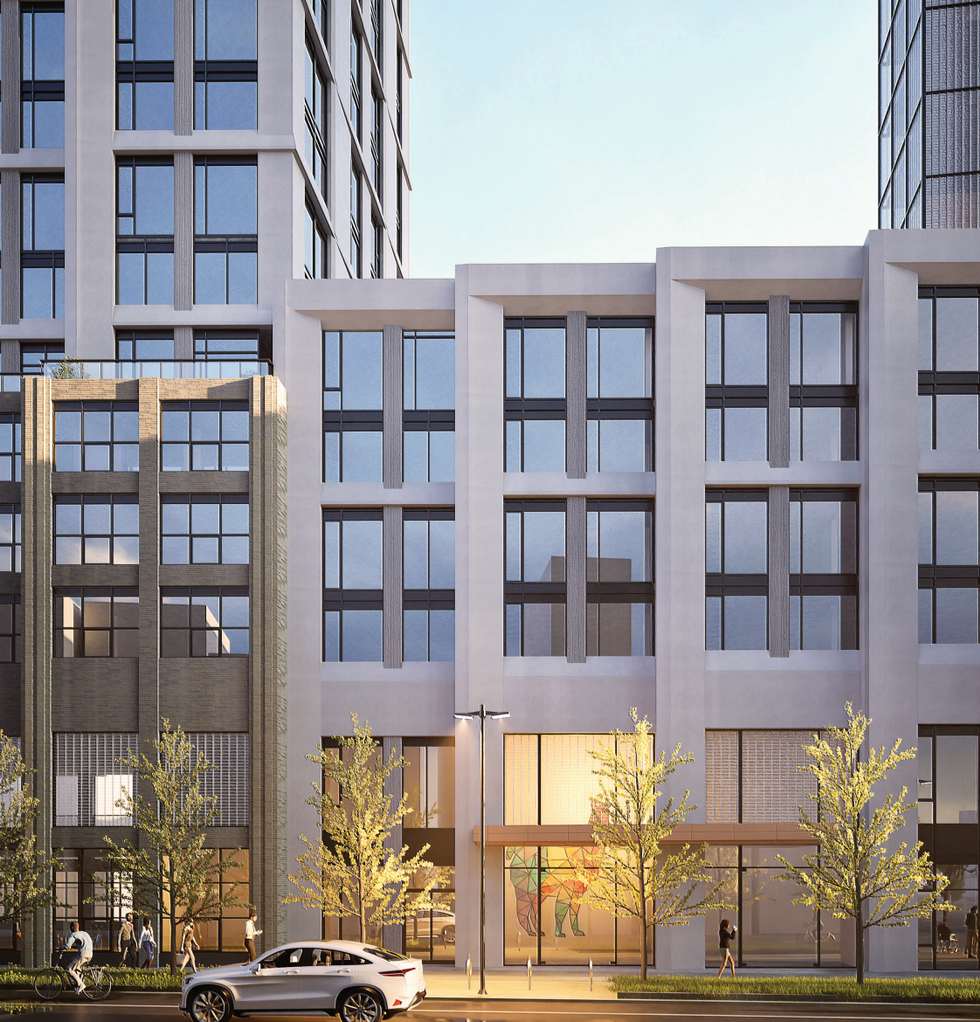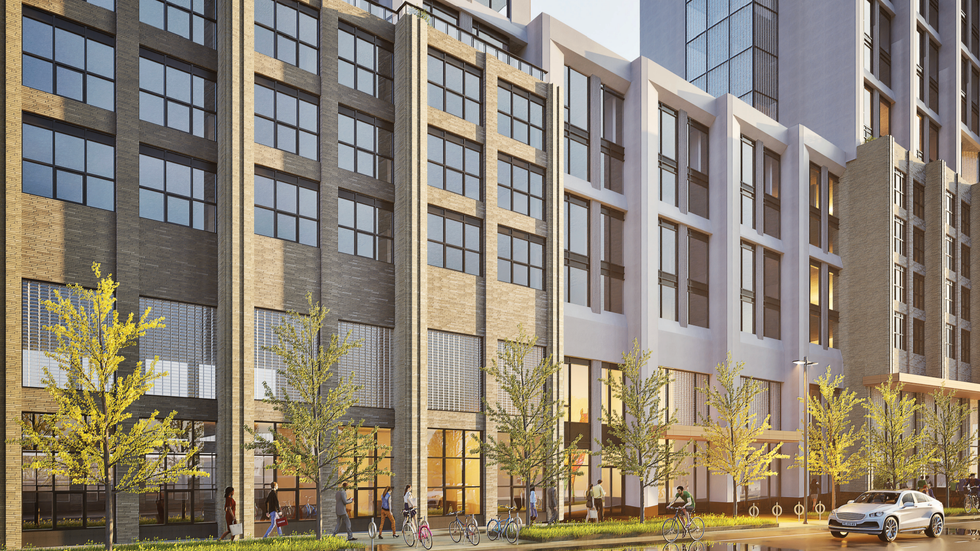Variable Rate Mortgage
Explore how variable rate mortgages work in Canada, their benefits and risks, and how rate changes affect your home loan payments.
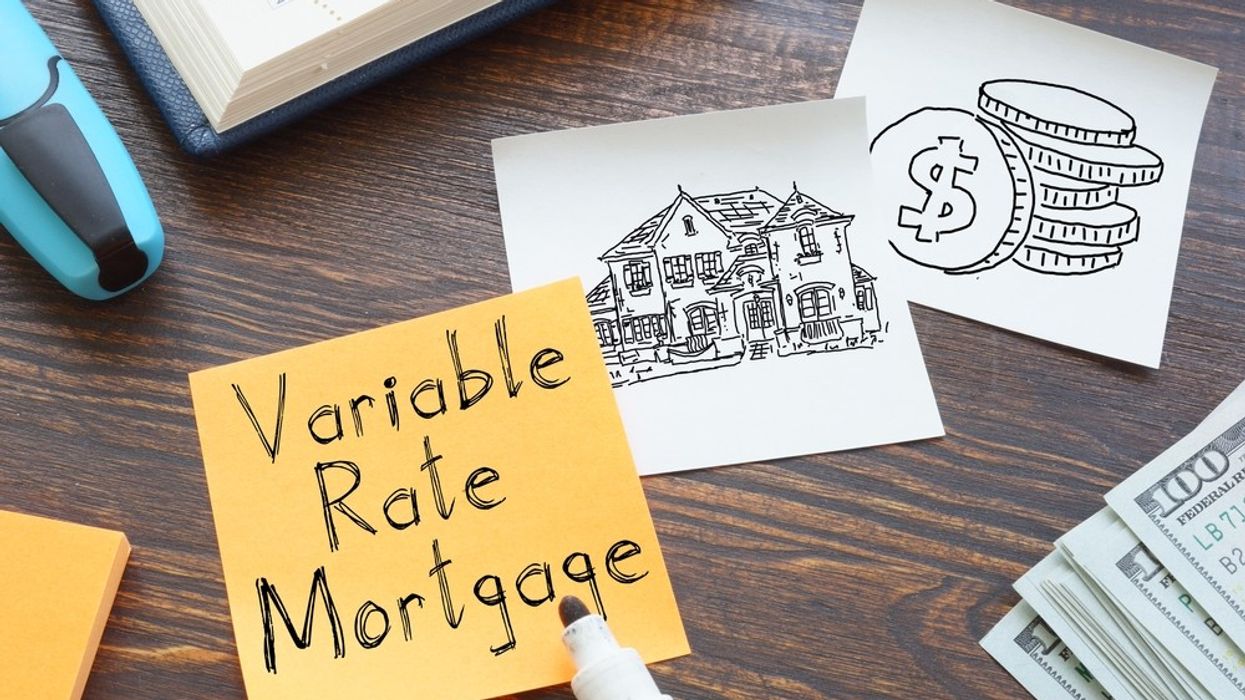
May 22, 2025
What is a Variable Rate Mortgage?
A variable rate mortgage is a home loan with an interest rate that fluctuates based on the lender’s prime rate or a benchmark rate like the Bank of Canada’s overnight rate.
Why Do Variable Rate Mortgages Matter in Real Estate
In Canada, variable rate mortgages typically offer lower initial interest rates than fixed-rate options, but the rate can change over the life of the mortgage, affecting monthly payments.
Two common types:
- Adjustable-rate: Monthly payment changes as the rate changes
- Fixed-payment variable: Payment stays the same, but interest/principal ratio shifts
Pros:
- Lower initial interest rate
- Potential savings if rates stay low
Cons:
- Risk of rising interest rates
- Harder to budget long-term
Buyers choosing a variable rate mortgage must be comfortable with uncertainty and have financial flexibility to absorb rate increases.
Understanding variable mortgages is key to selecting the right product based on risk tolerance, economic outlook, and long-term financial goals.
Example of a Variable Rate Mortgage in Action
A homeowner chooses a variable rate mortgage starting at 4.25%. When the Bank of Canada raises rates, their interest rate increases to 5.00%, and their payments rise accordingly.
Key Takeaways
- Interest rate changes with market conditions.
- Lower initial cost, but higher risk.
- Two types: adjustable and fixed-payment.
- Influenced by Bank of Canada decisions.
- Requires comfort with rate fluctuations.
Related Terms
- Fixed Rate Mortgage
- Prime Rate
- Mortgage Term
- Amortization
- Refinancing



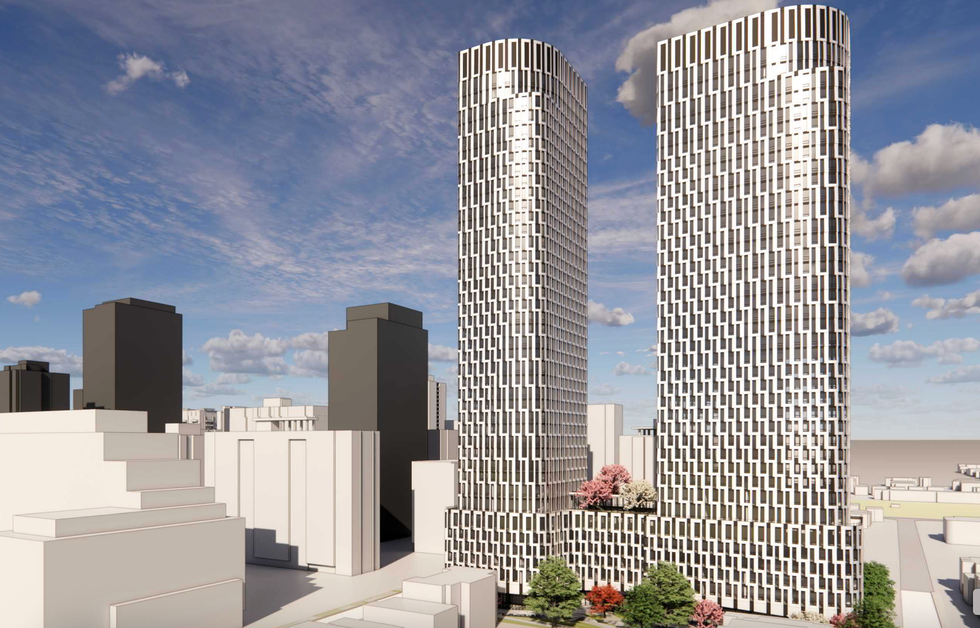





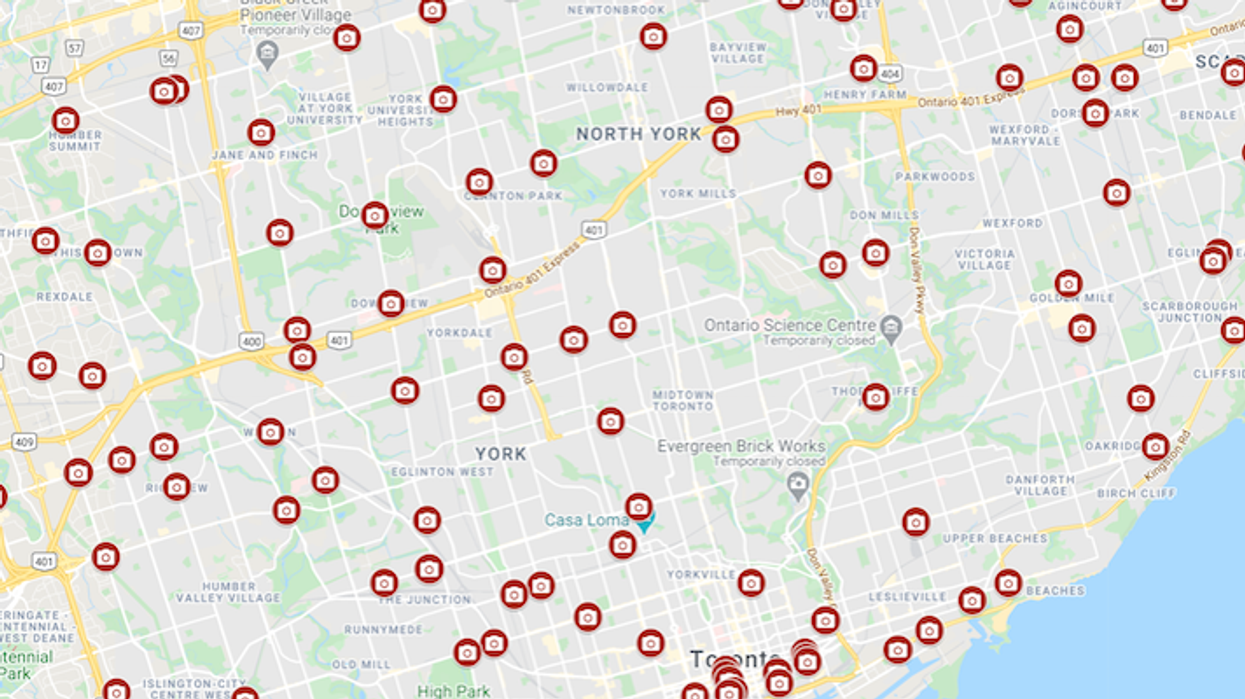


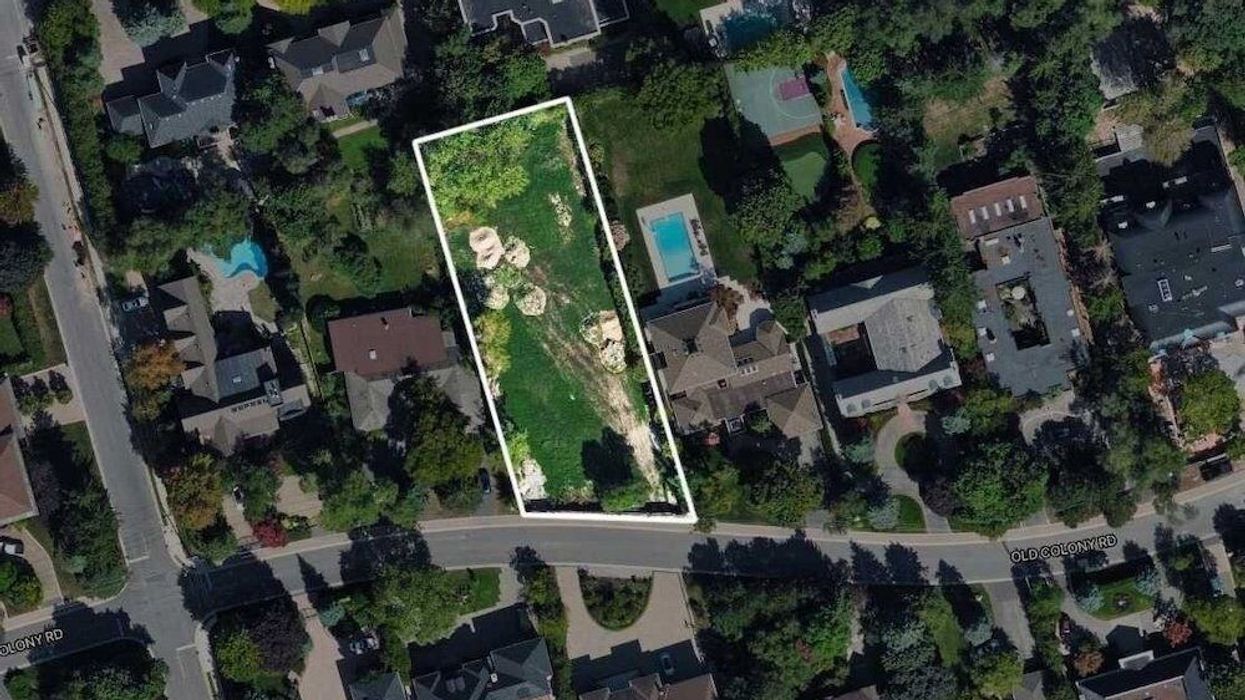


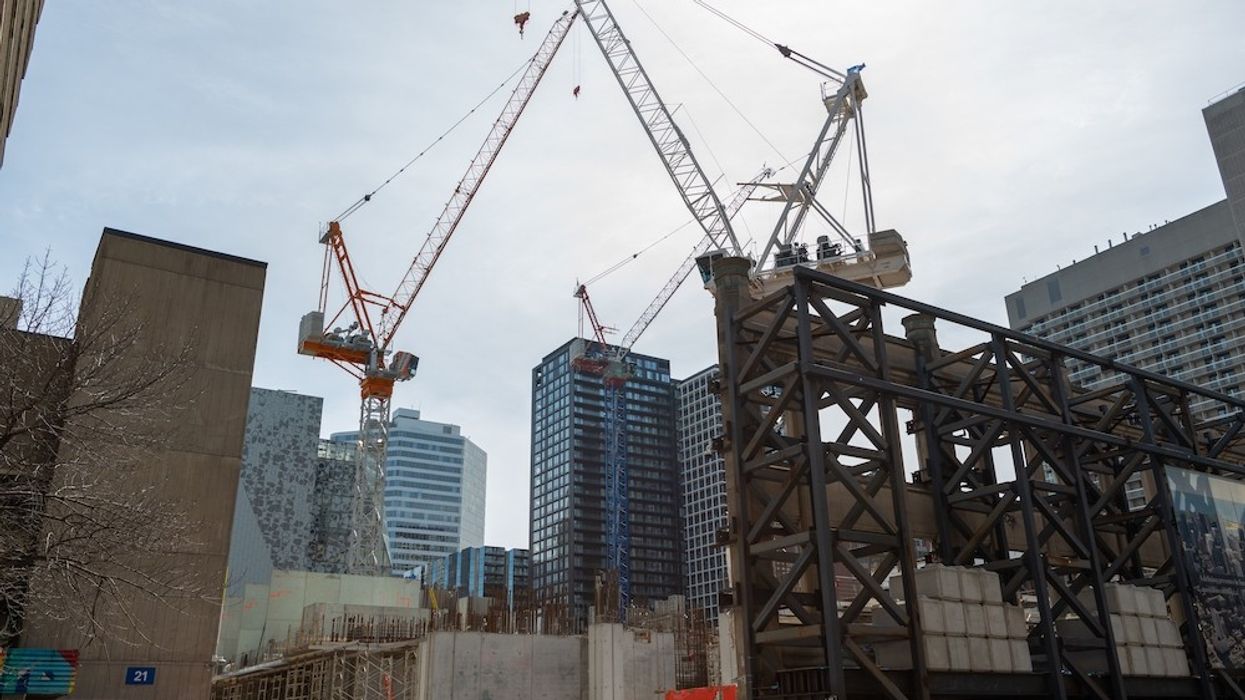
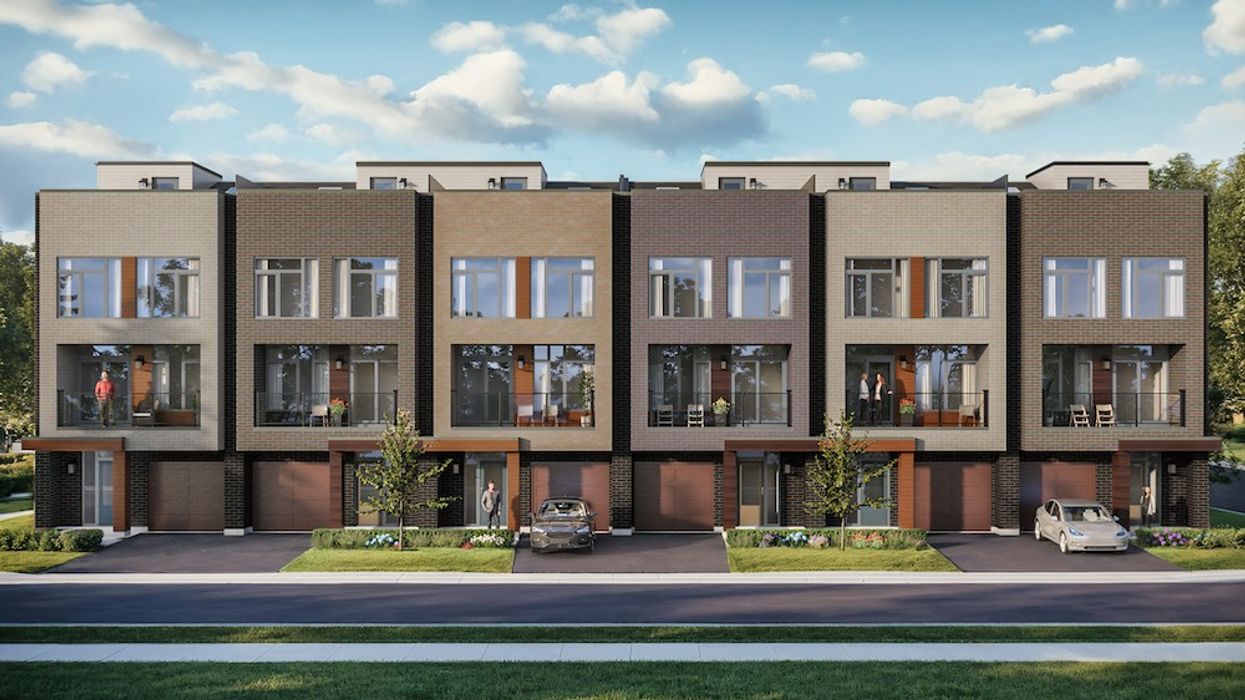
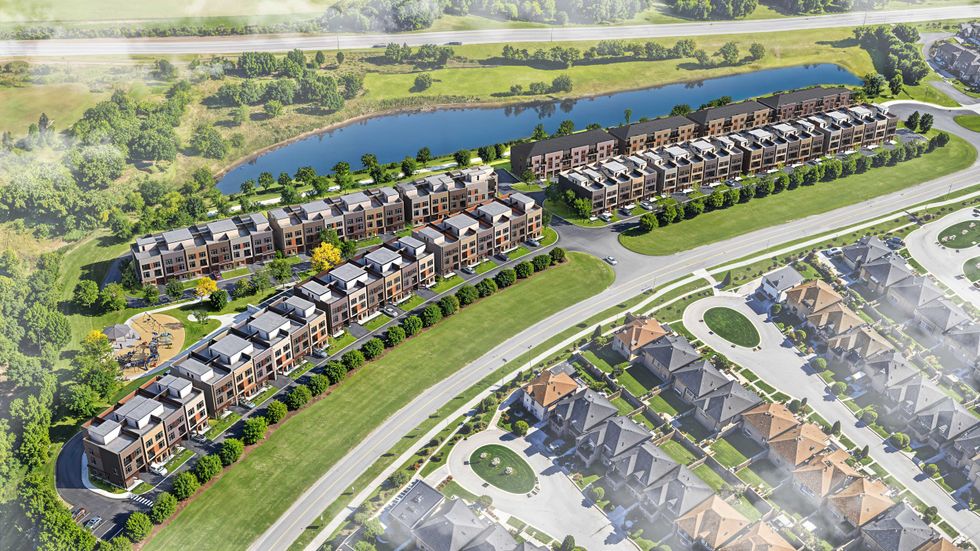 Camcos Living
Camcos Living Shutterstock
Shutterstock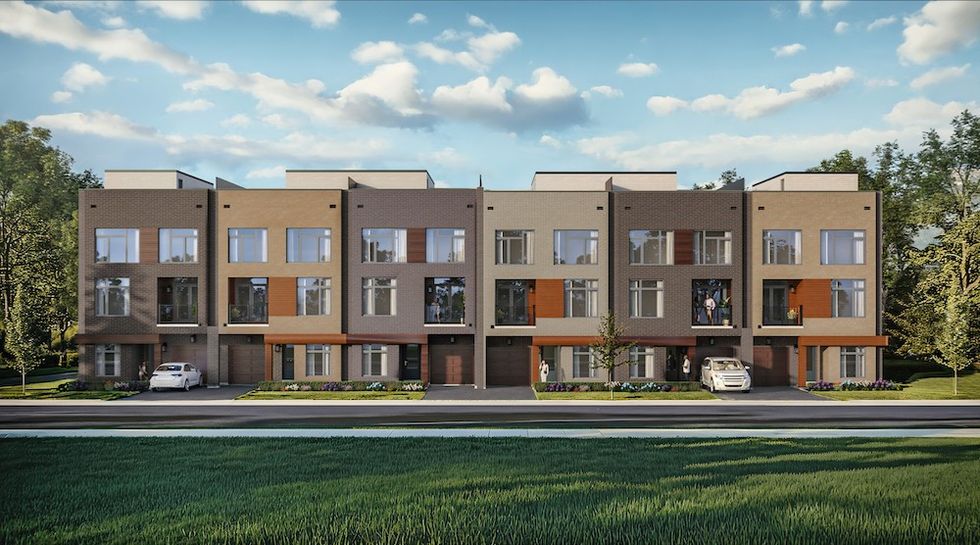 Little Rouge Block G/Camcos
Little Rouge Block G/Camcos Camcos Living
Camcos Living Camcos Living
Camcos Living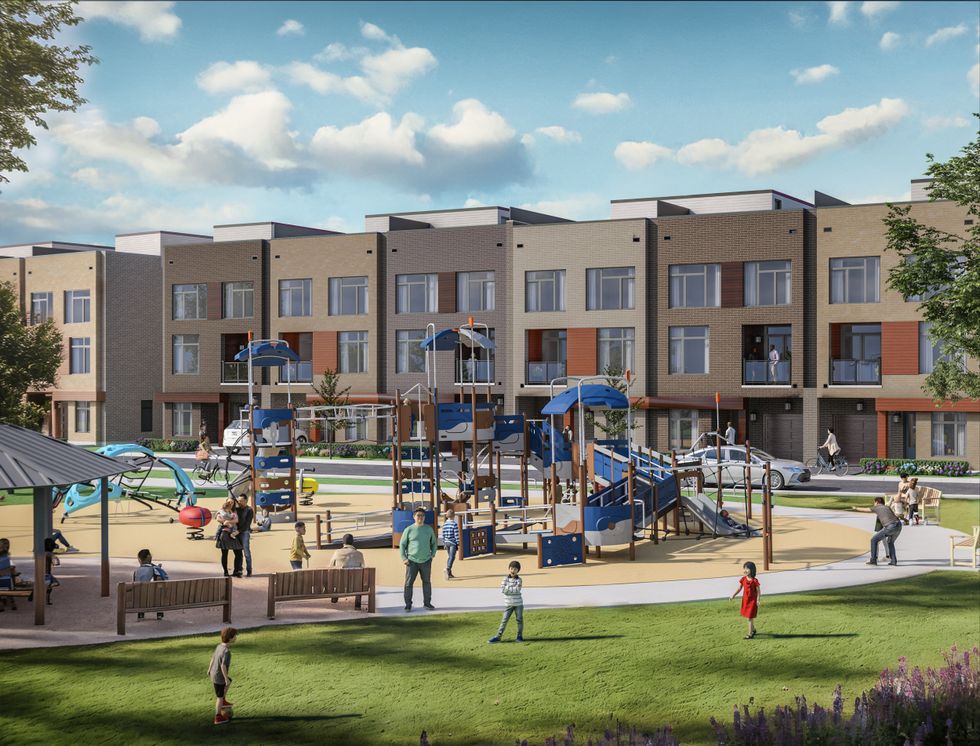 Camcos
Camcos

